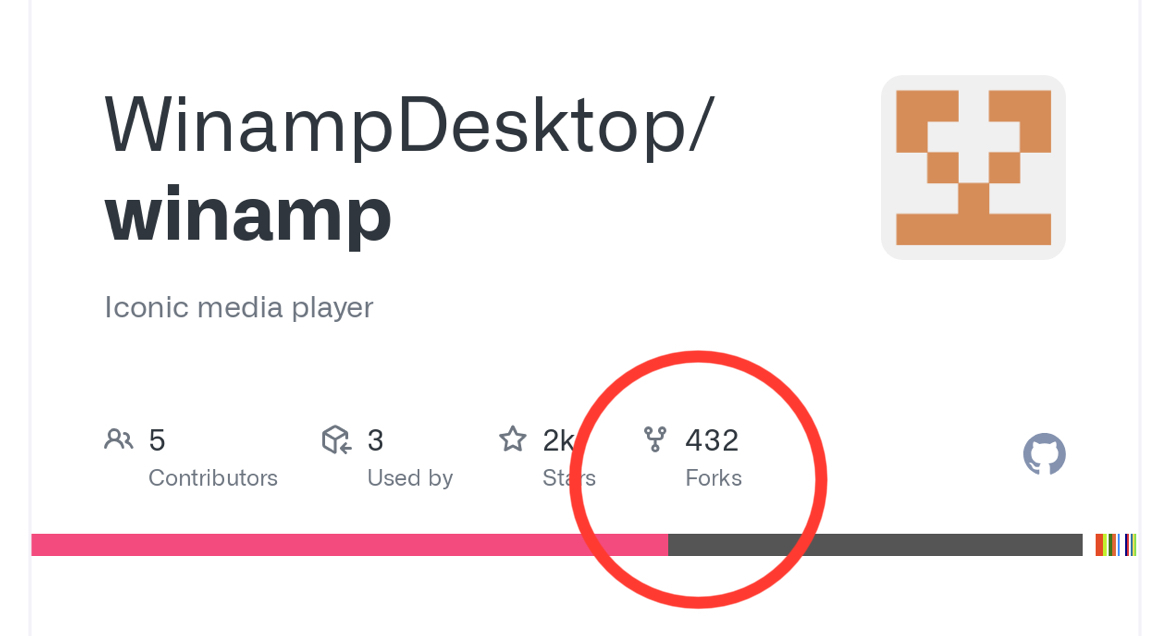First of all: Sorry to hear that, this sucks!
Regarding your digital information: I'd suggest you to get a new email and gradually replace the old one in your accounts to avoid spam. Even though they claim your password wasn't stolen, I'd highly suggest you to change your passwords anyway, just in case. Also, as they say, be very careful about potential phishing attacks.
As for your personal information such as your address: I'm afraid there's not much you can do. I'd argue, however, that it's not as valuable to potential hackers. One potential scam involving stolen addresses is sending purchases made with a stolen credit card to your address and asking you to forward it. Don't accept deliveries you didn't expect for this reason (depending on your local law it may lead to criminal charges against you, even though you're still technically the victim of a scam).
 Lol 💀
Lol 💀
Yeah me neither. I don't think they understand the consequences of their own actions either. All that matters to them is "USA bad, good". They'd probably also burn down the fields in a country they import their food from.